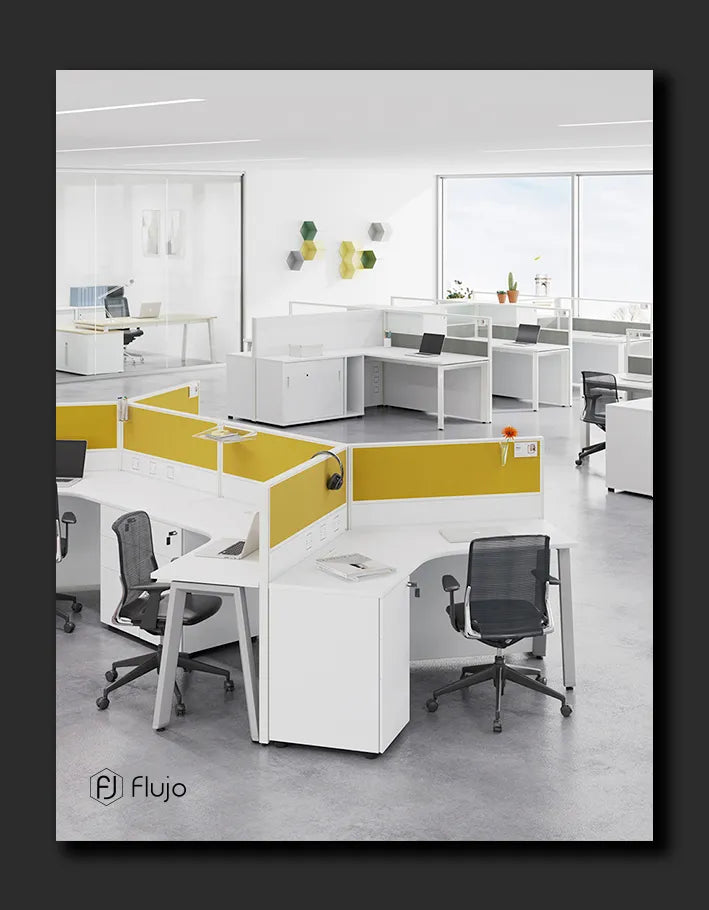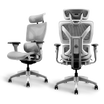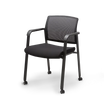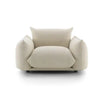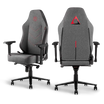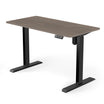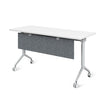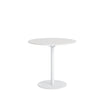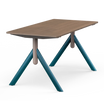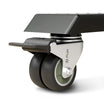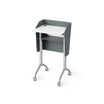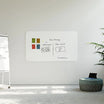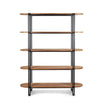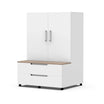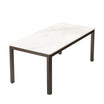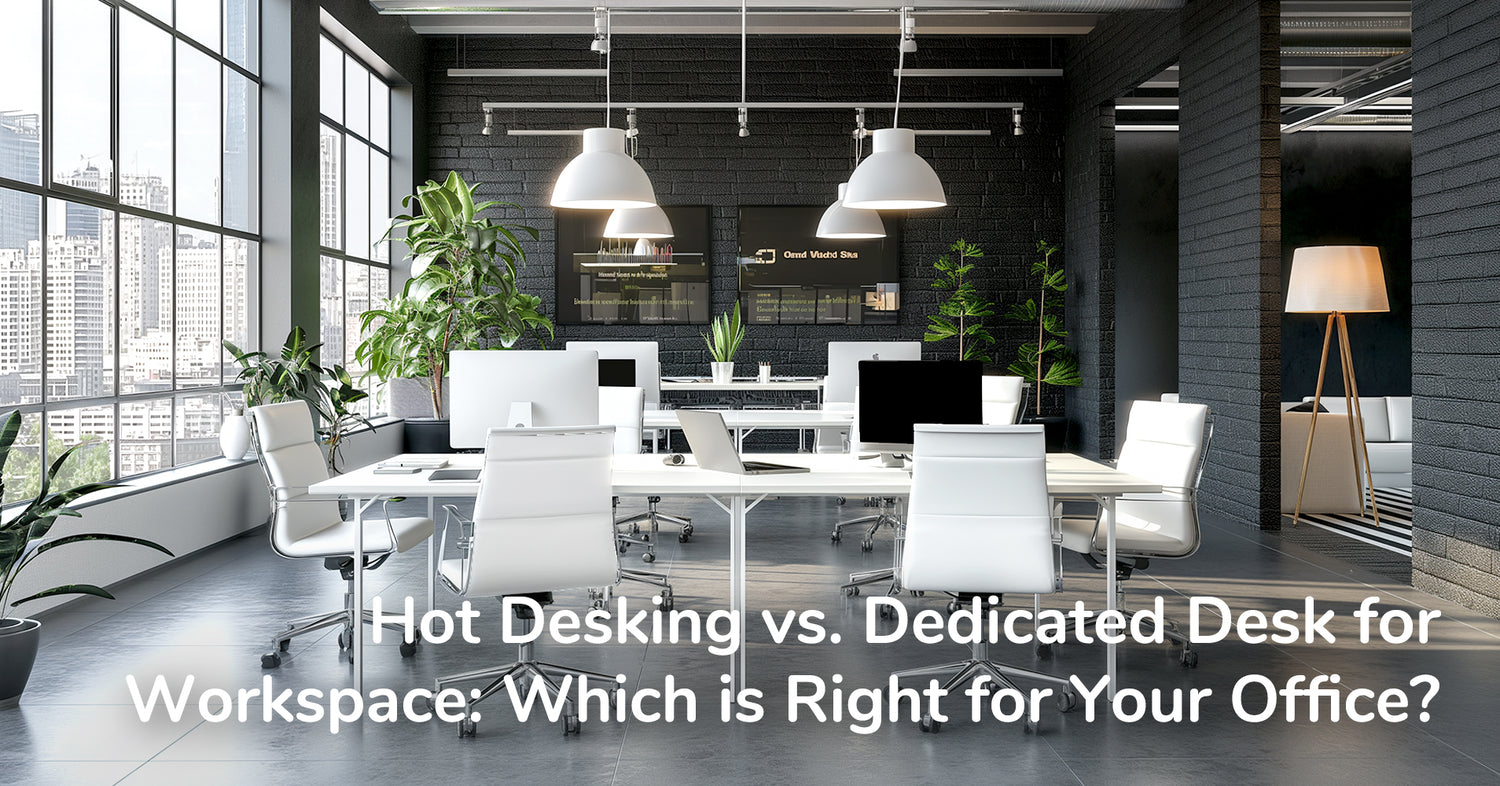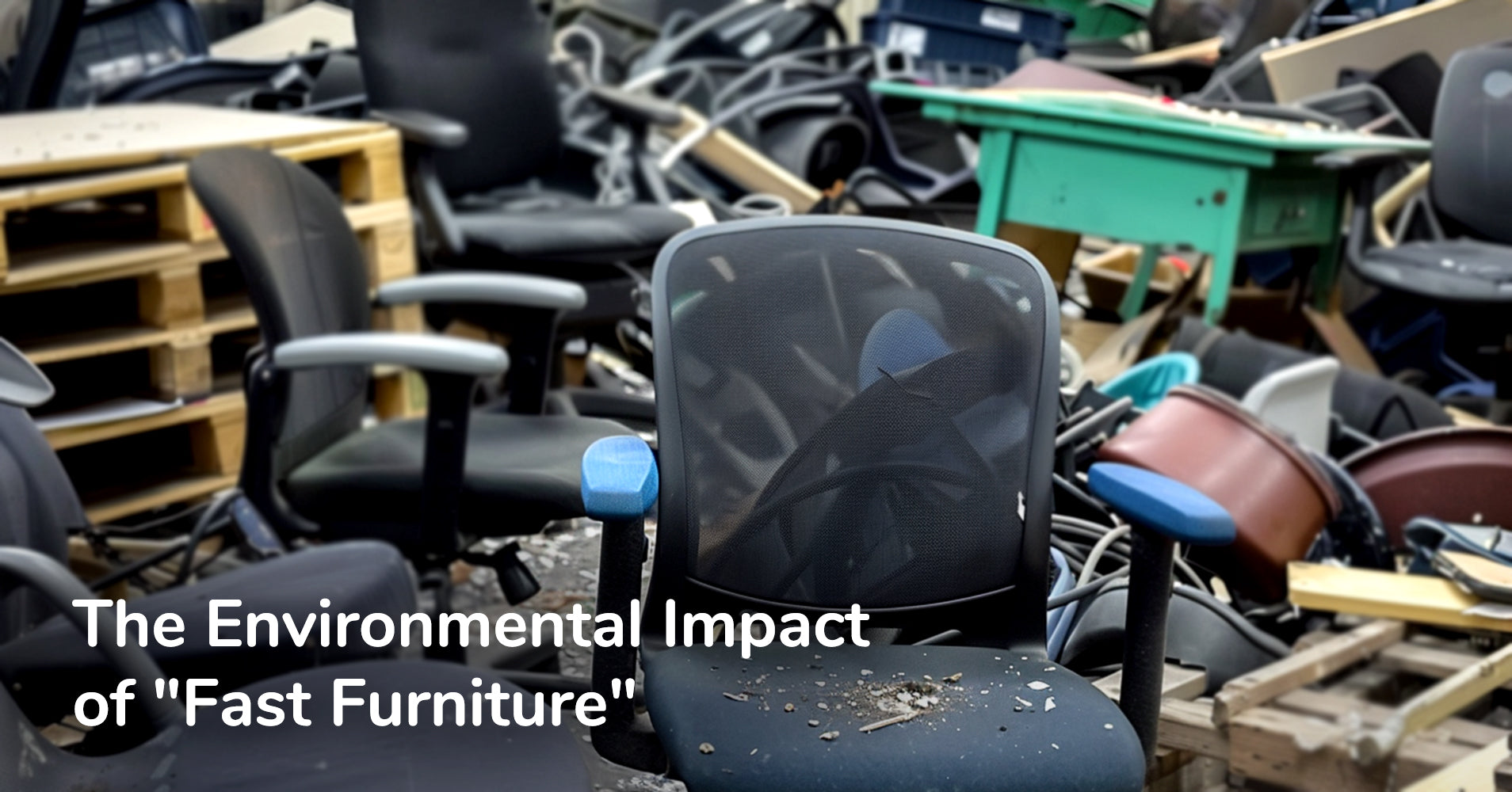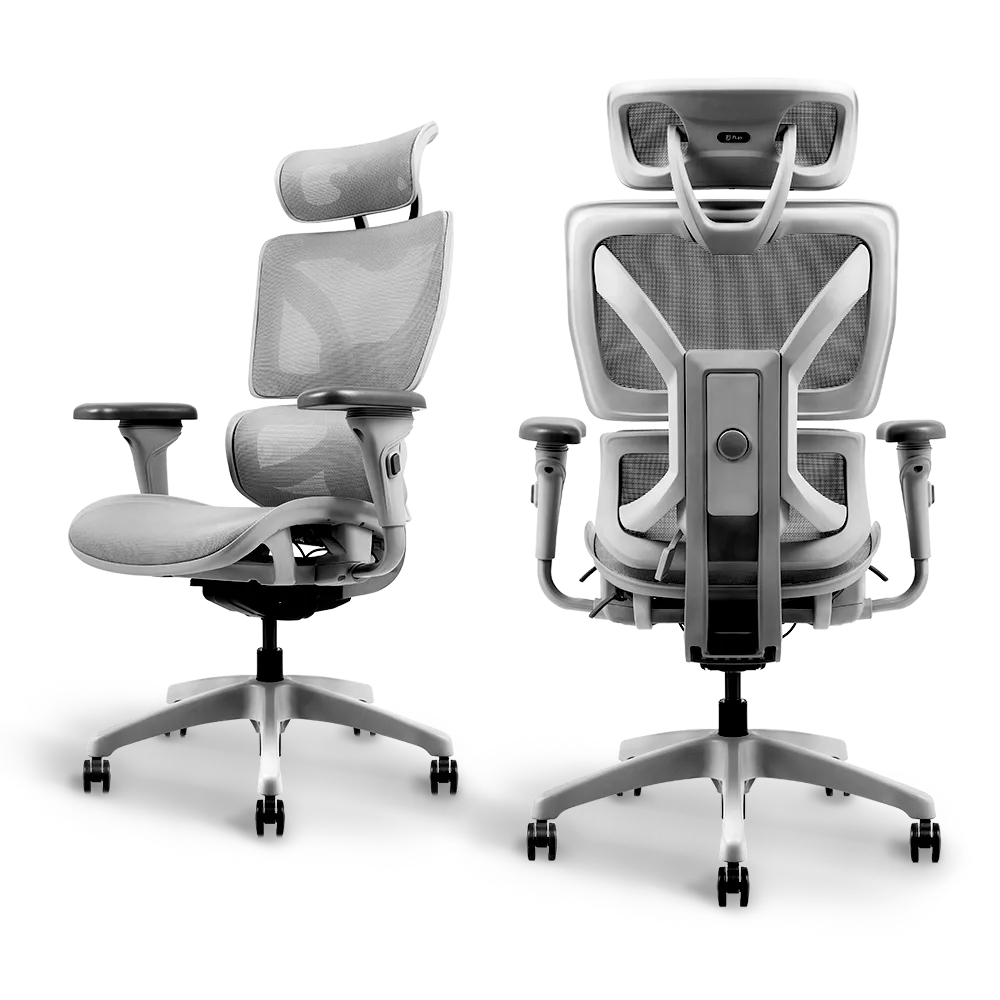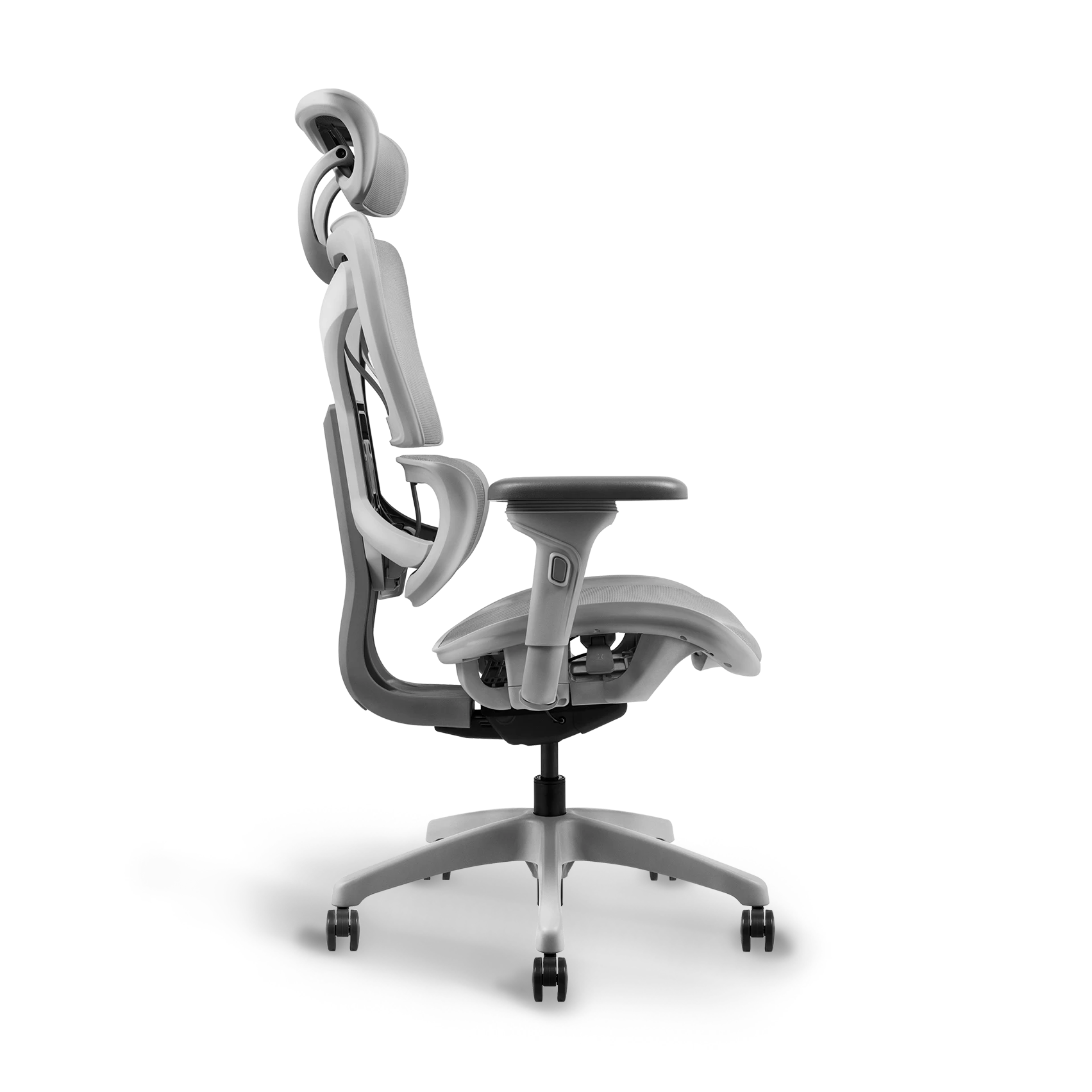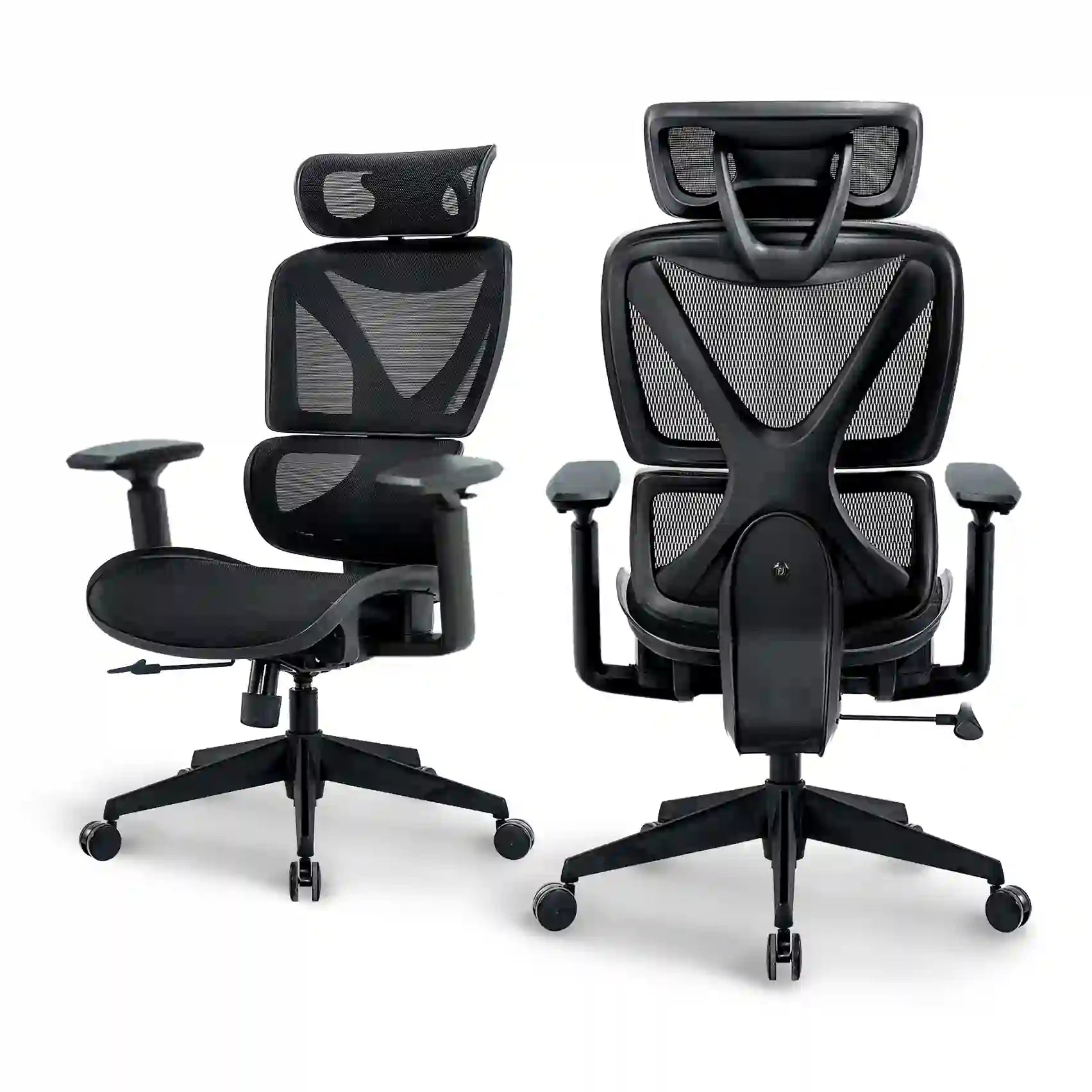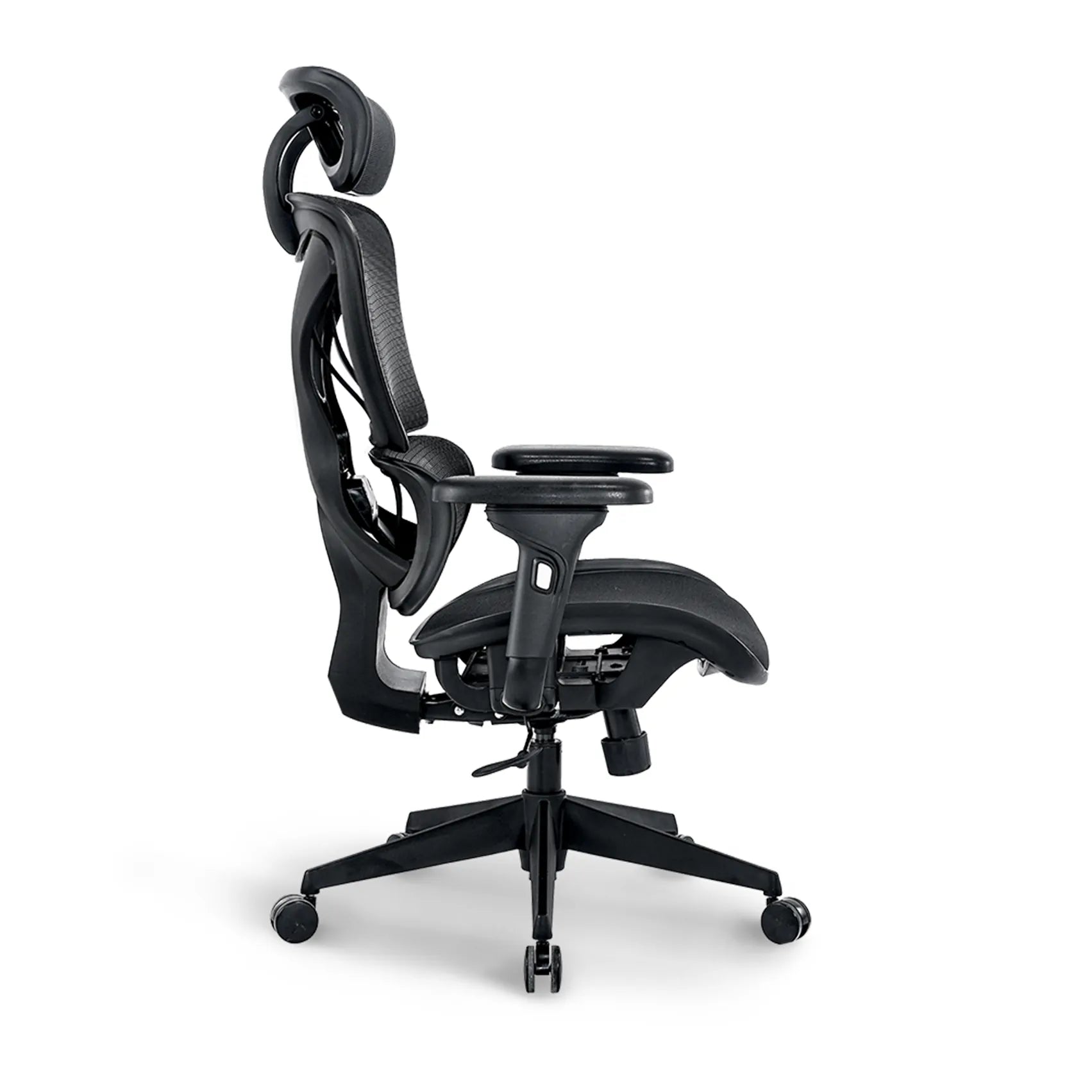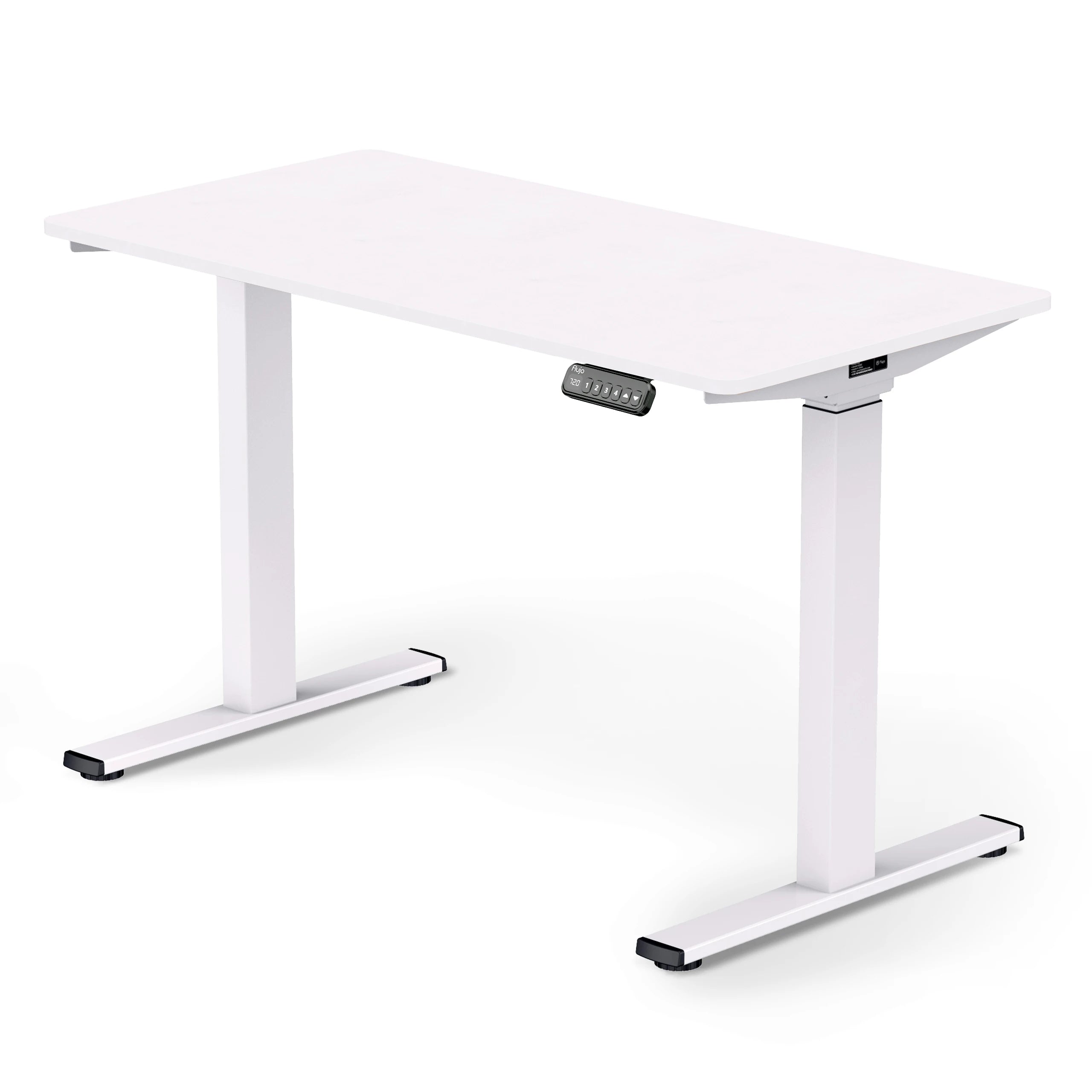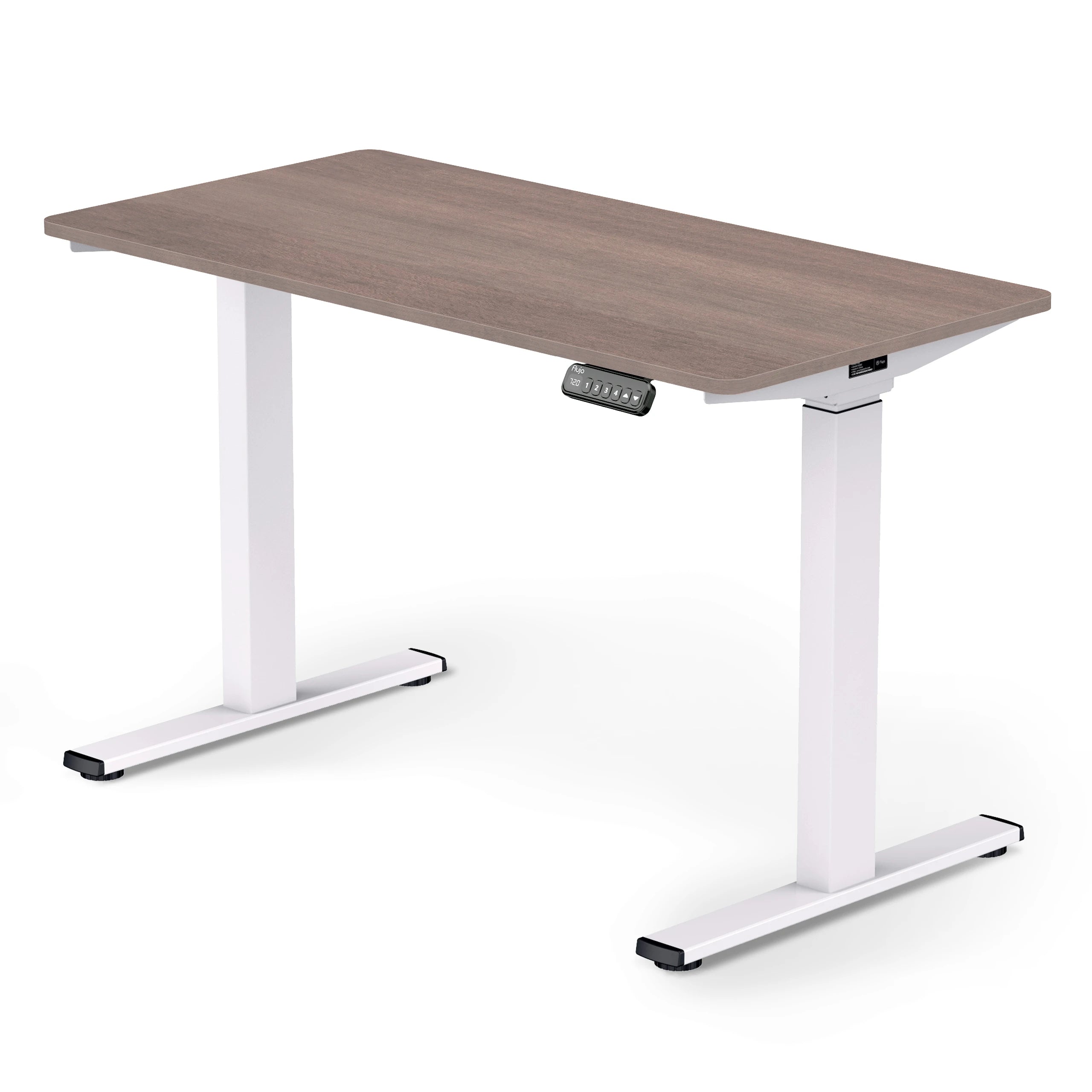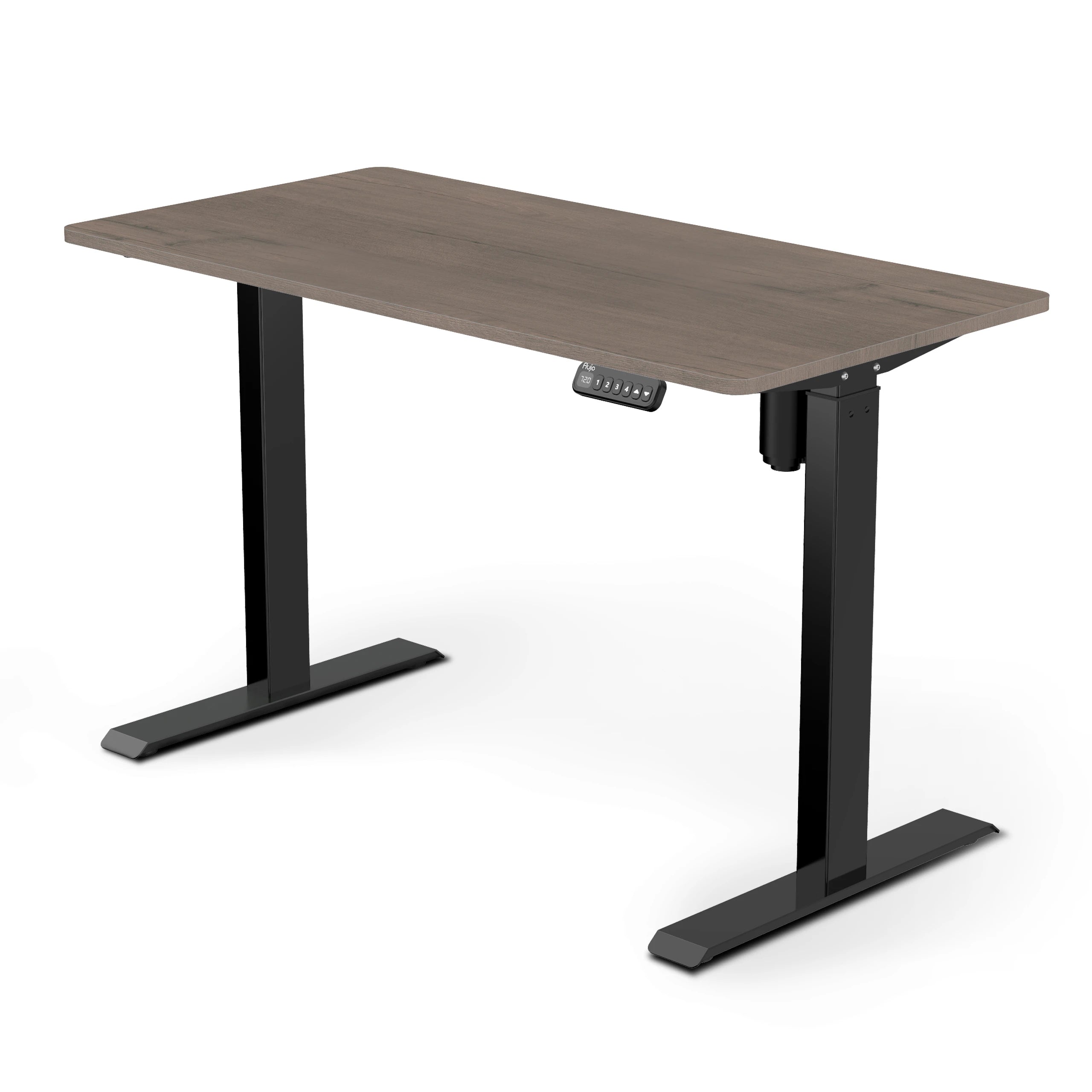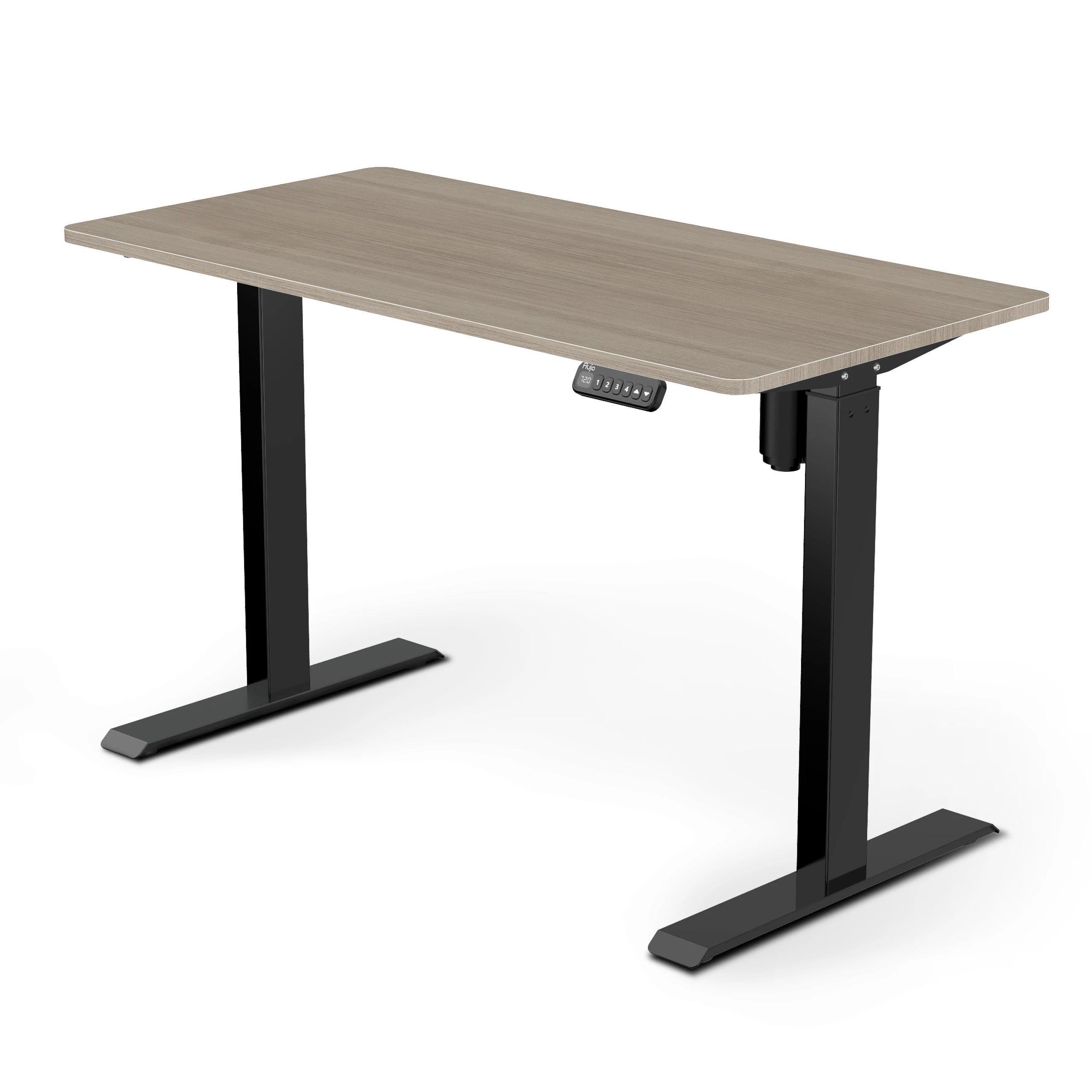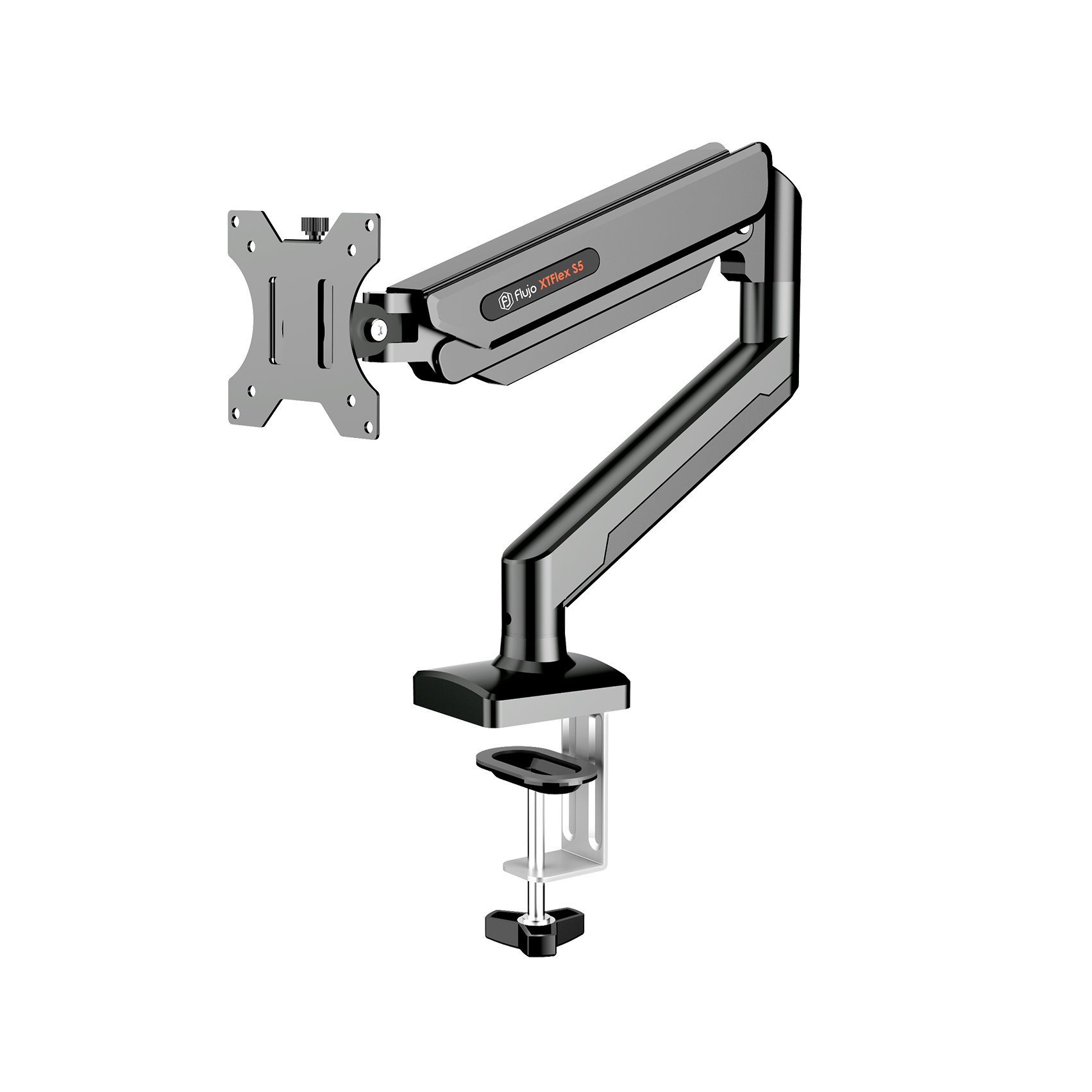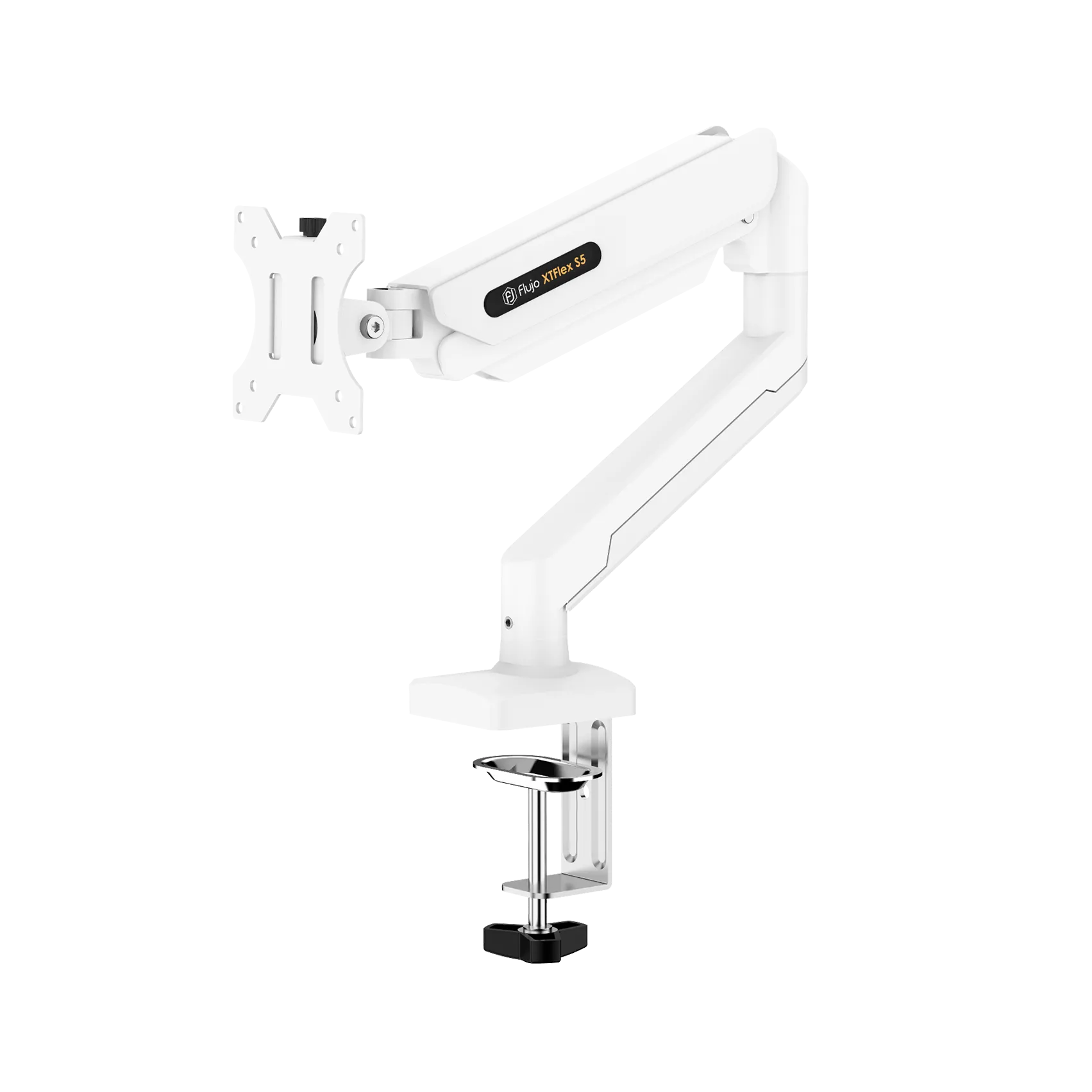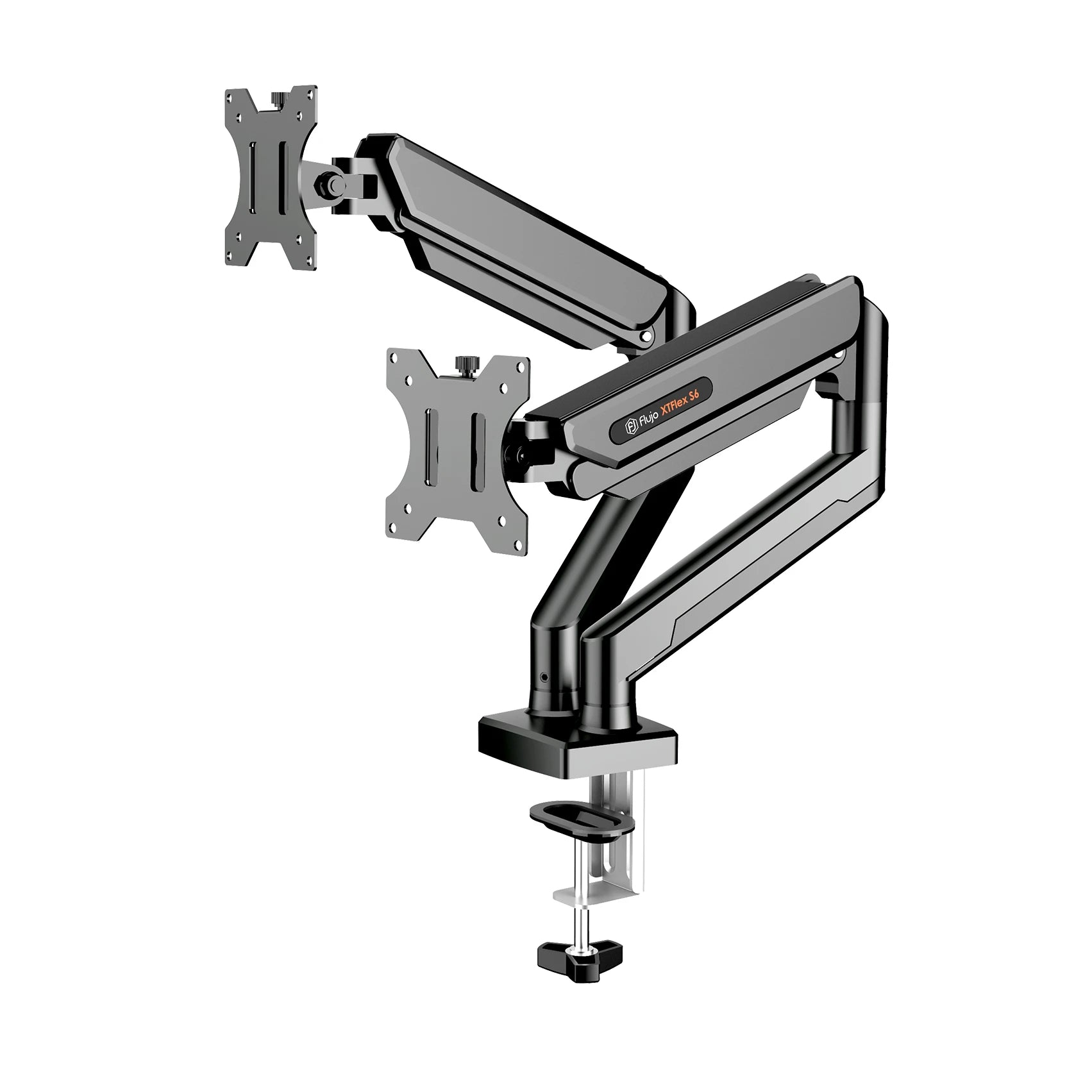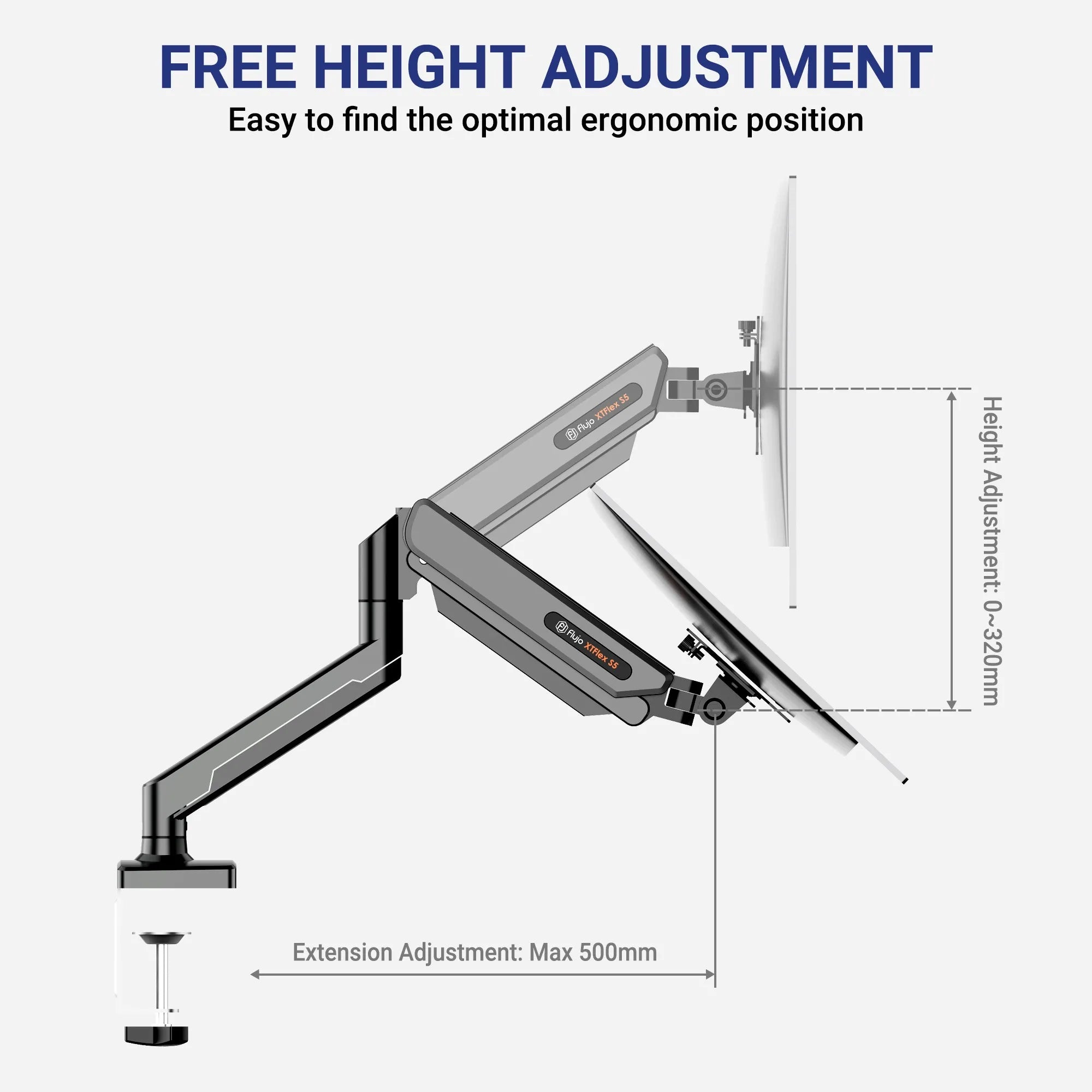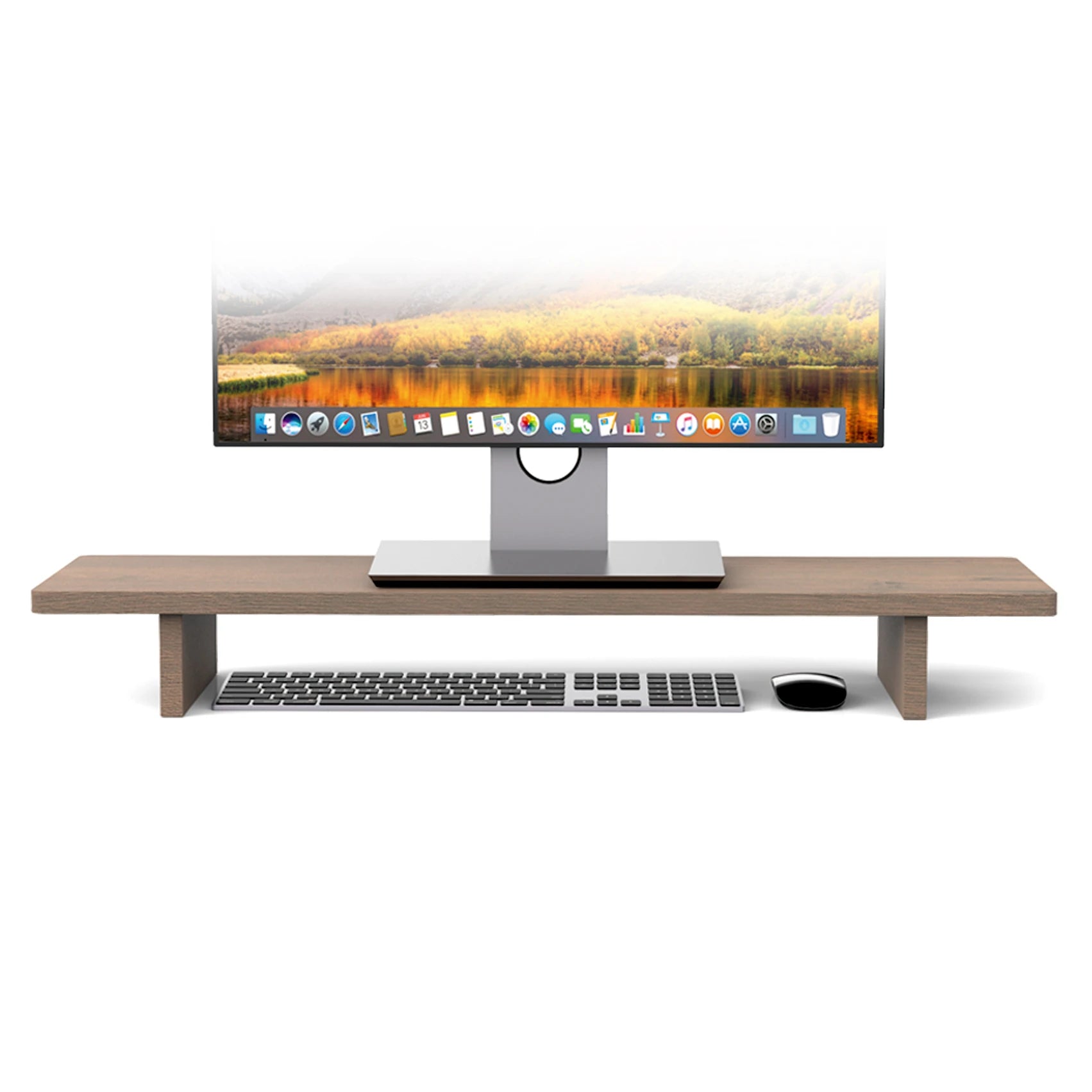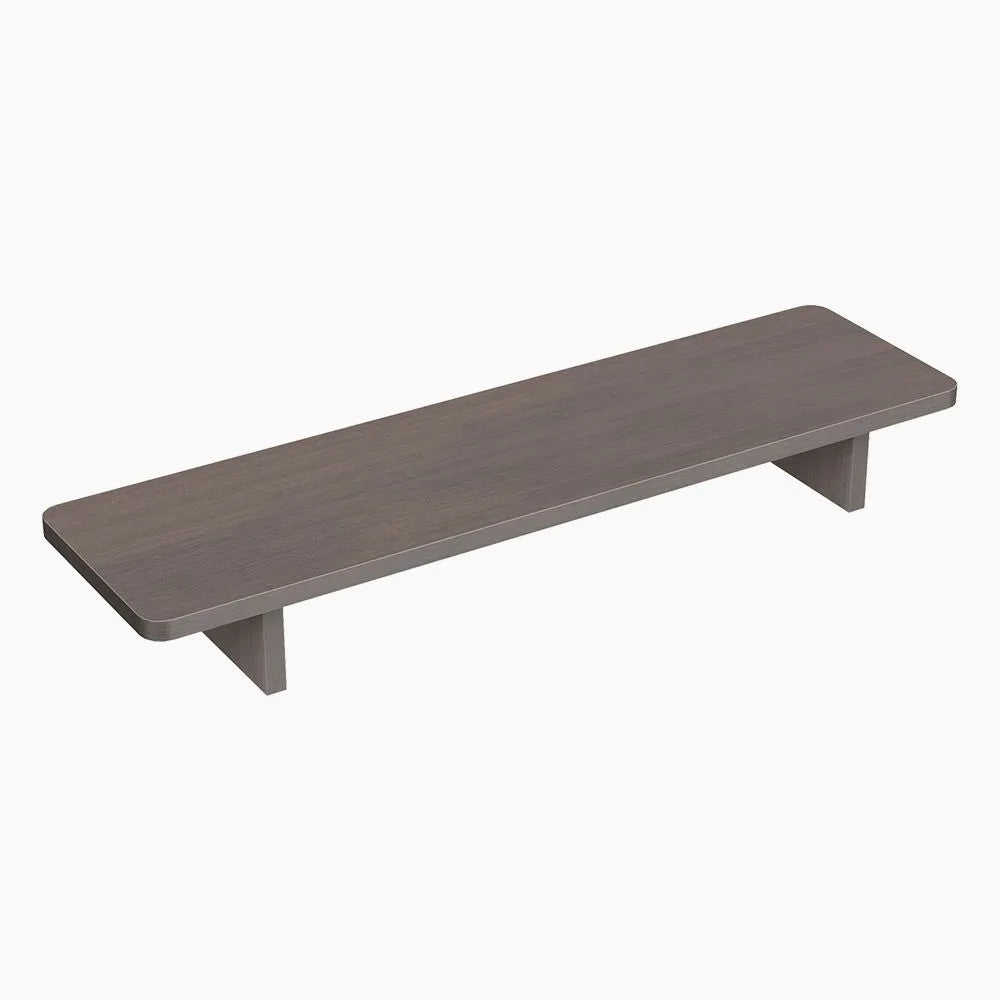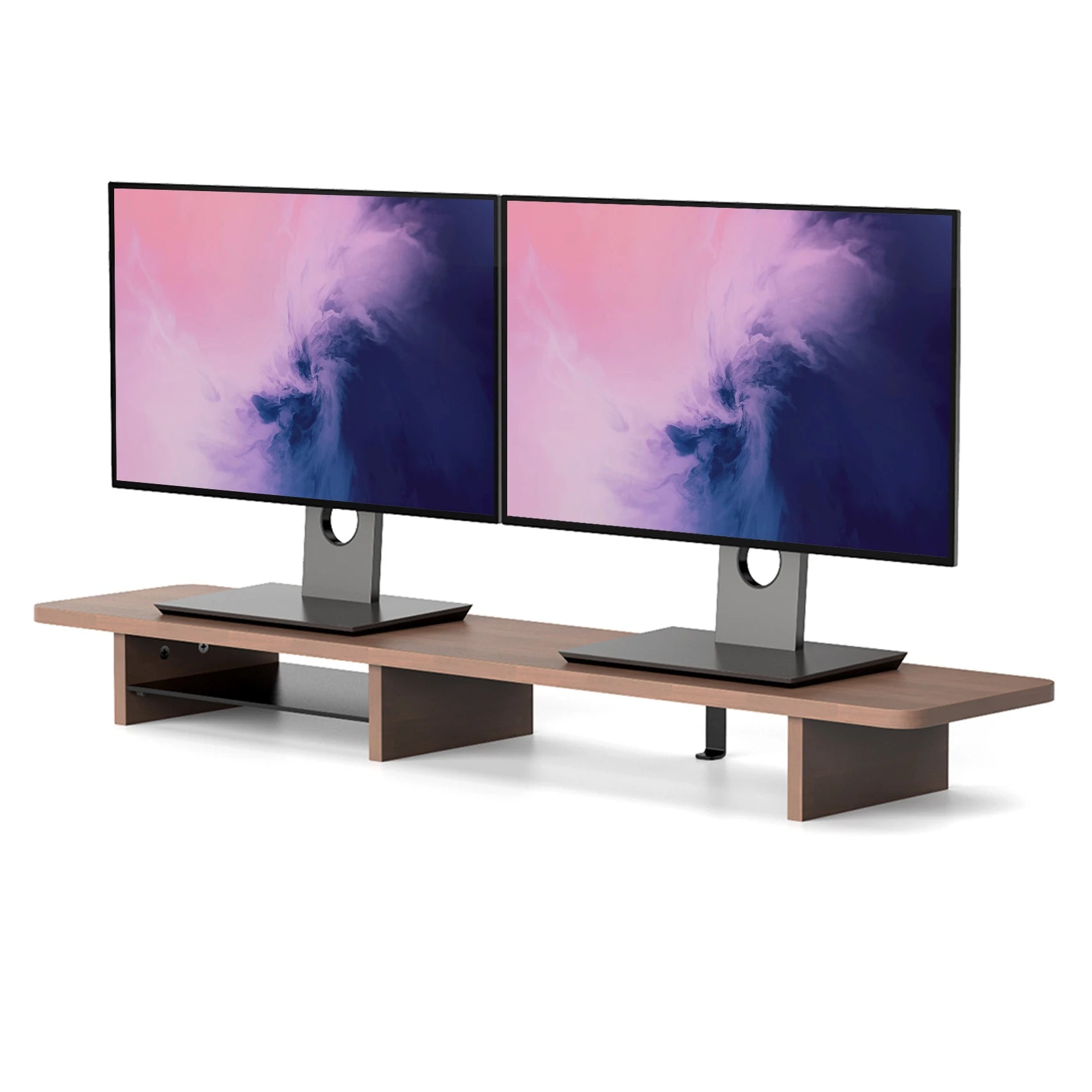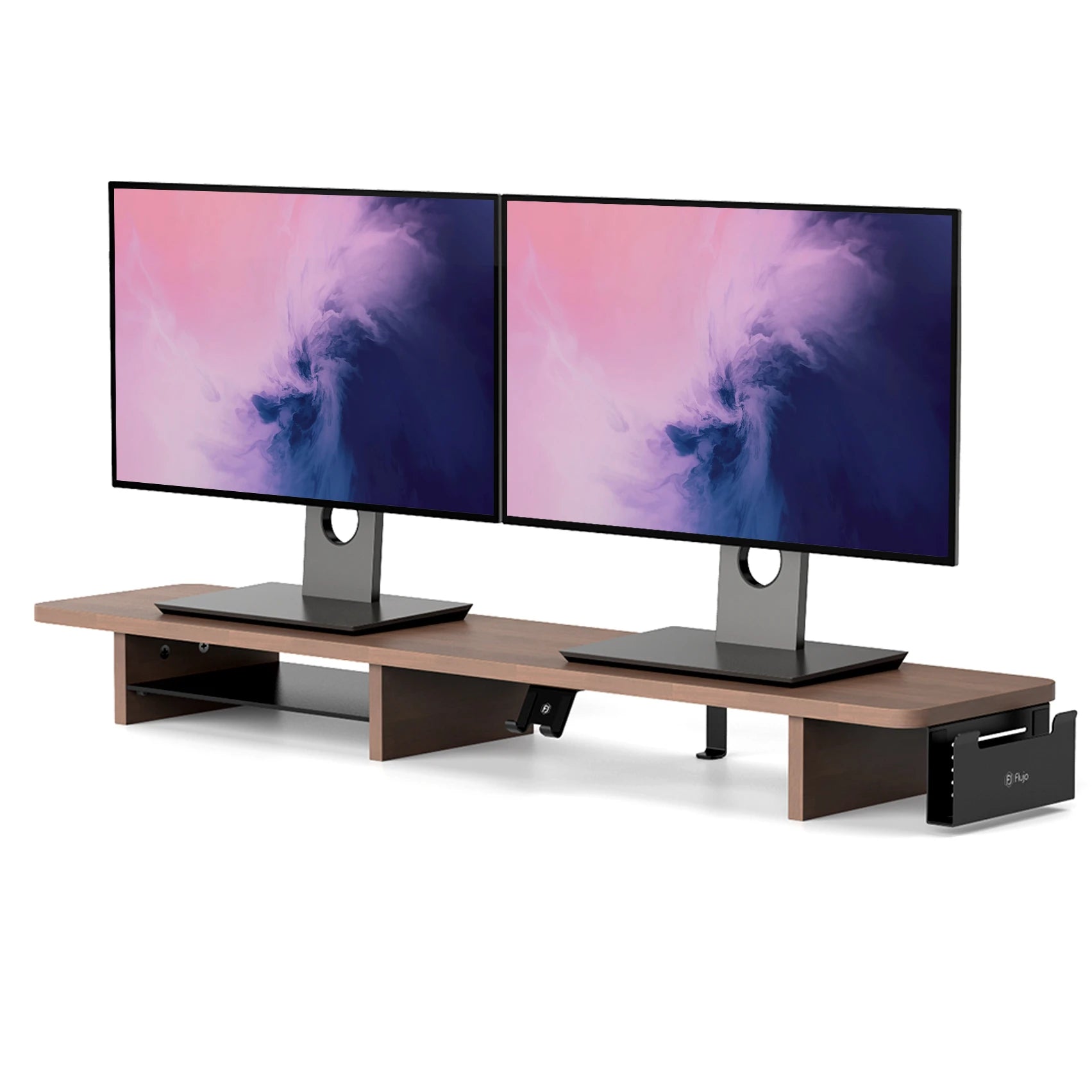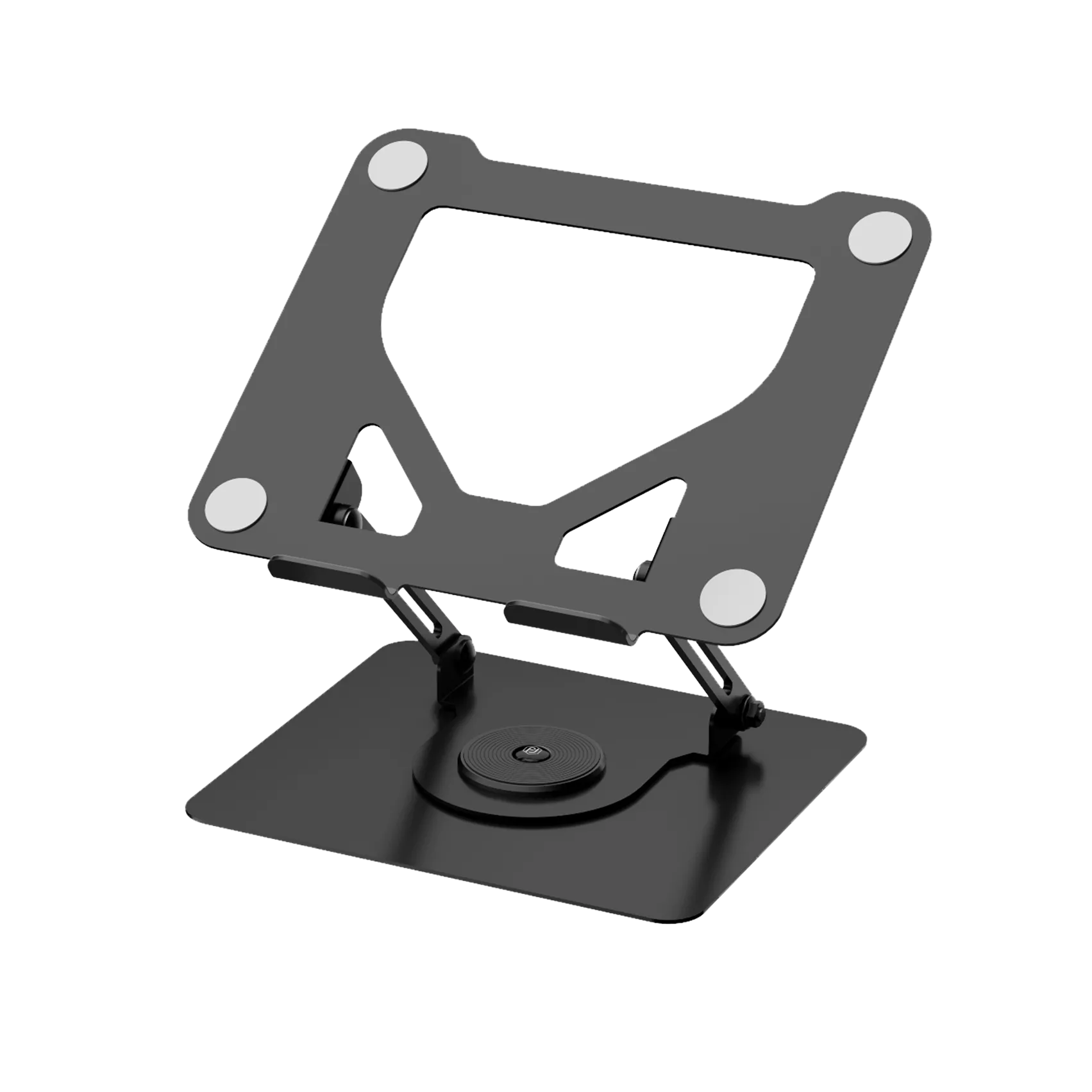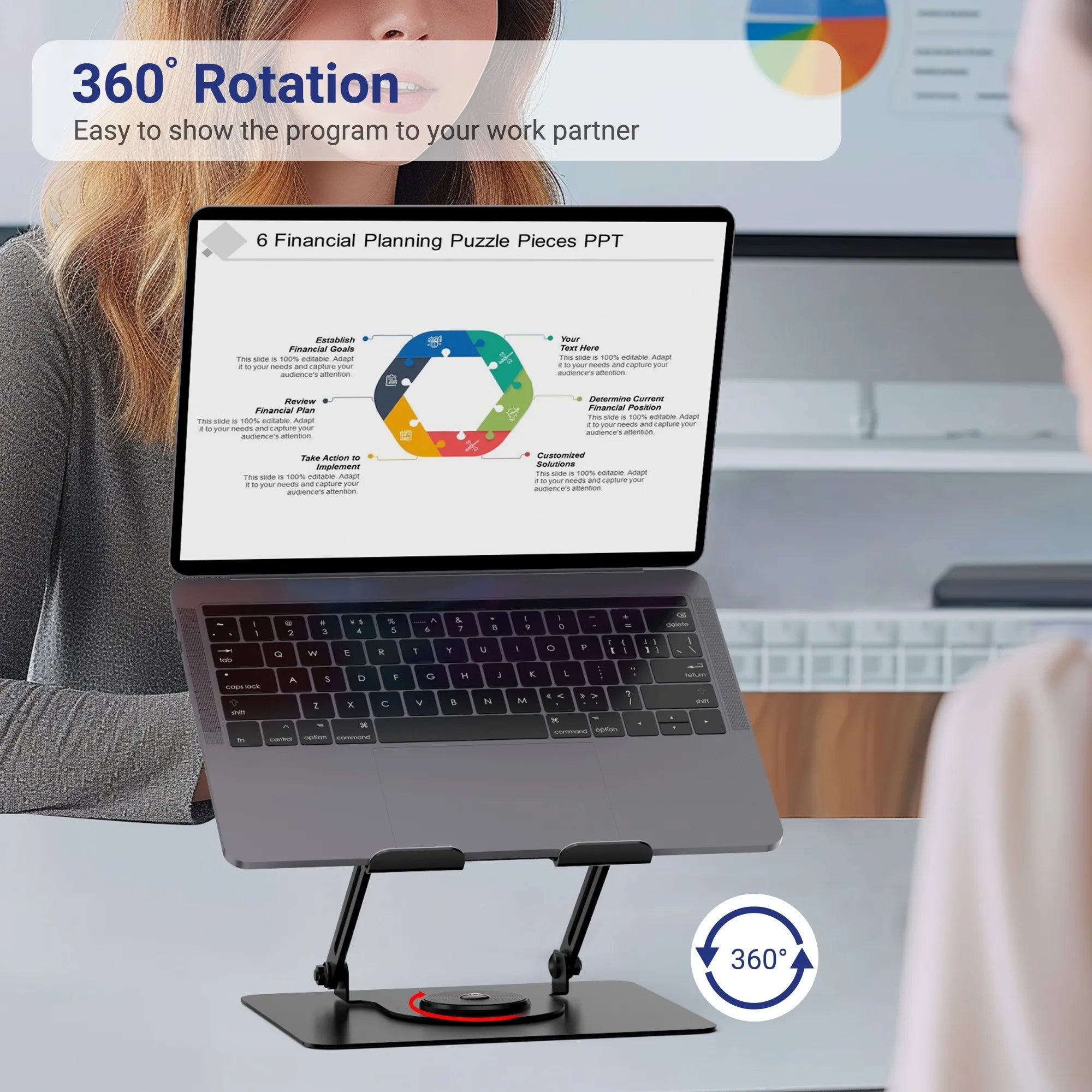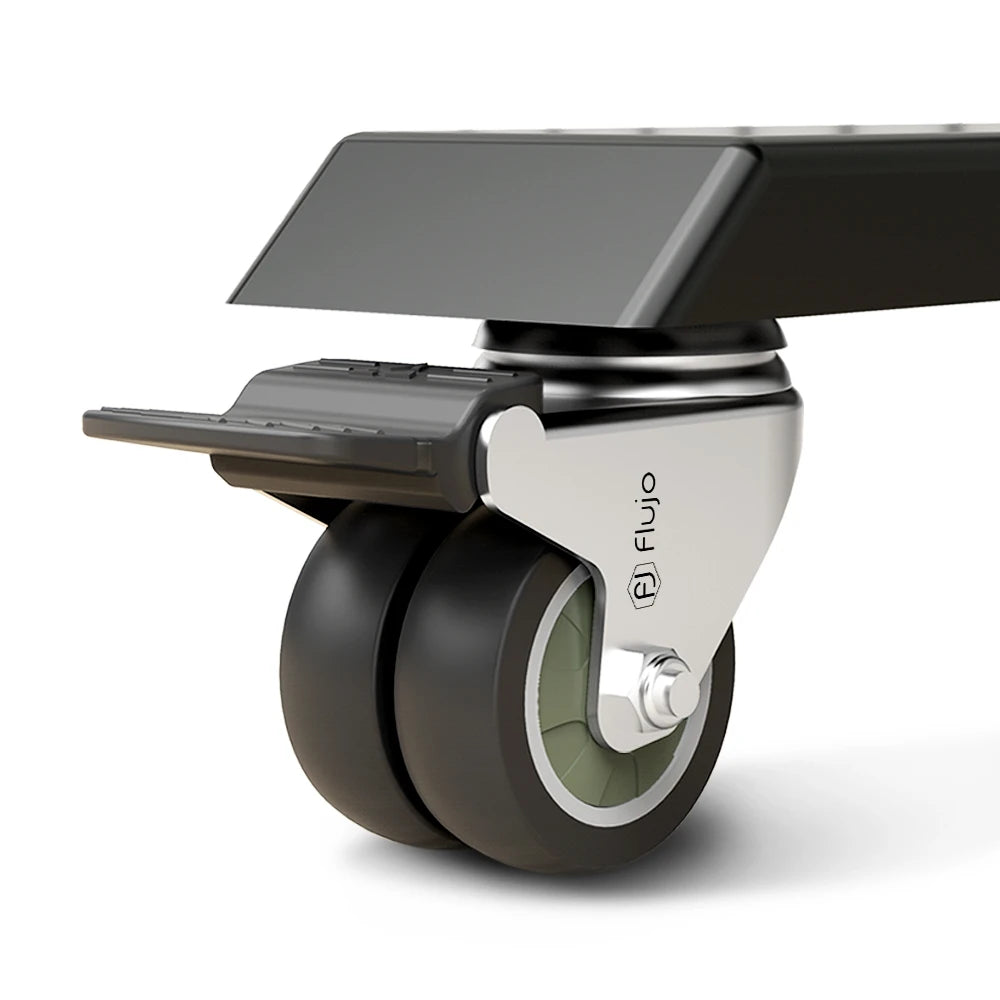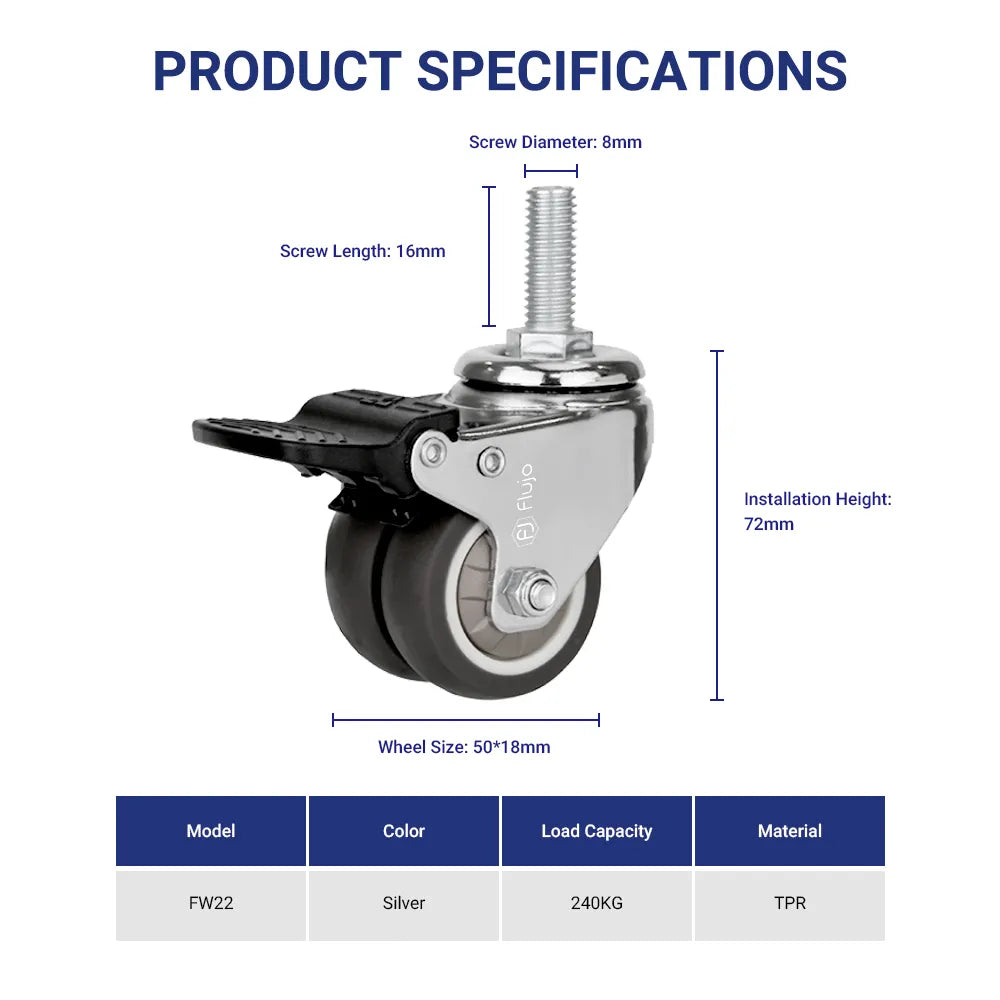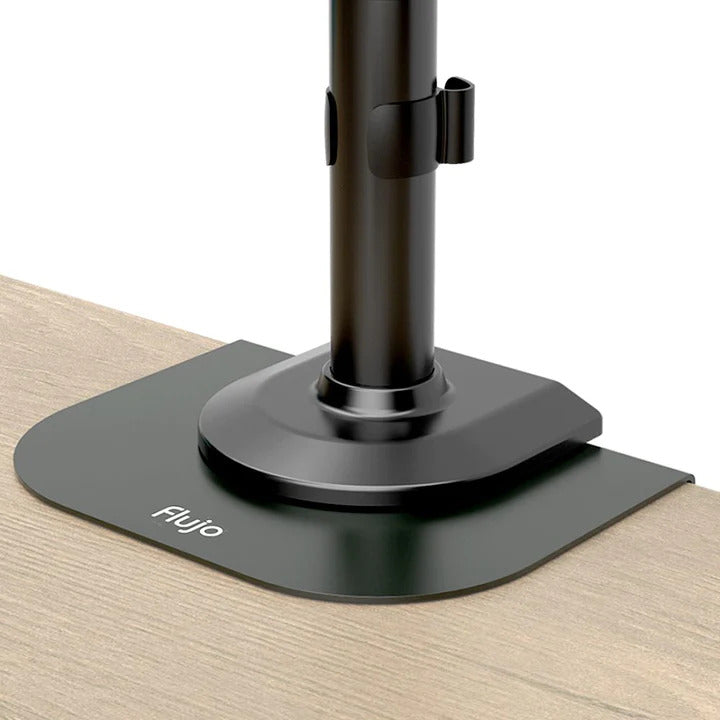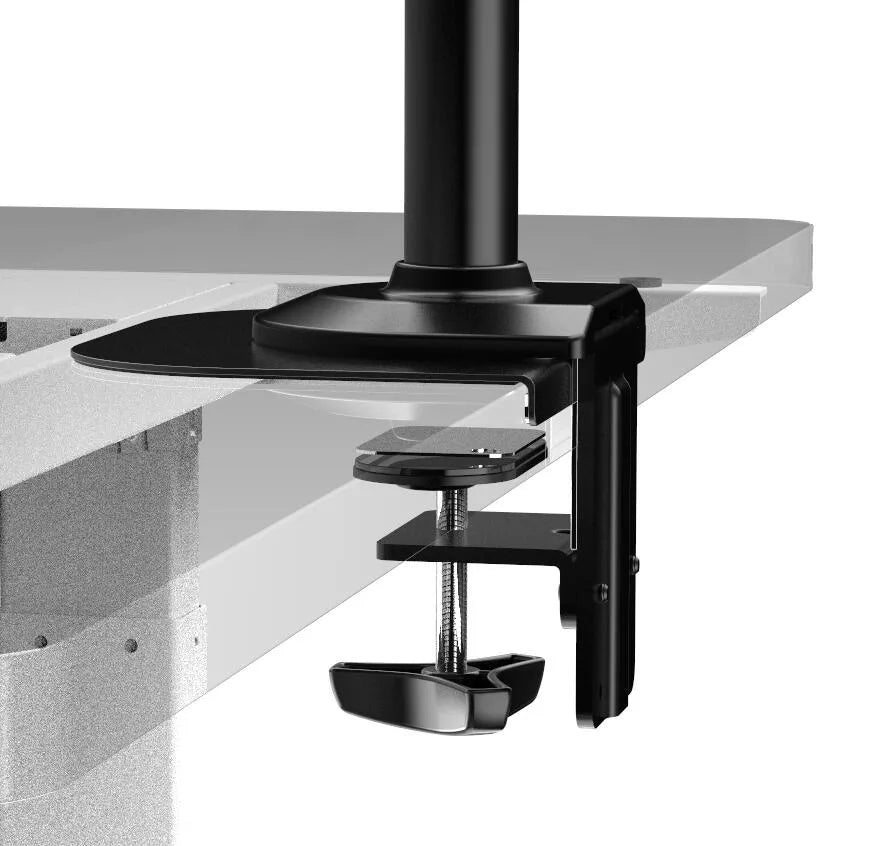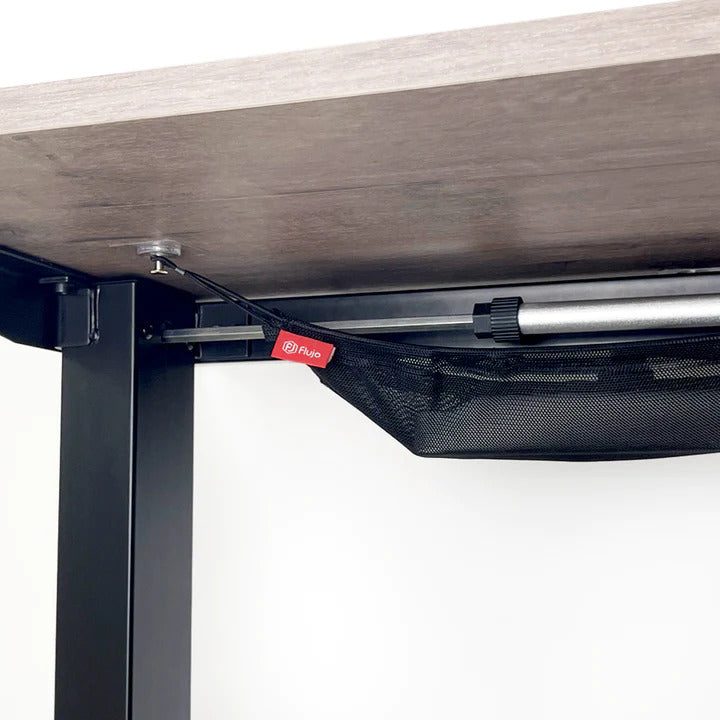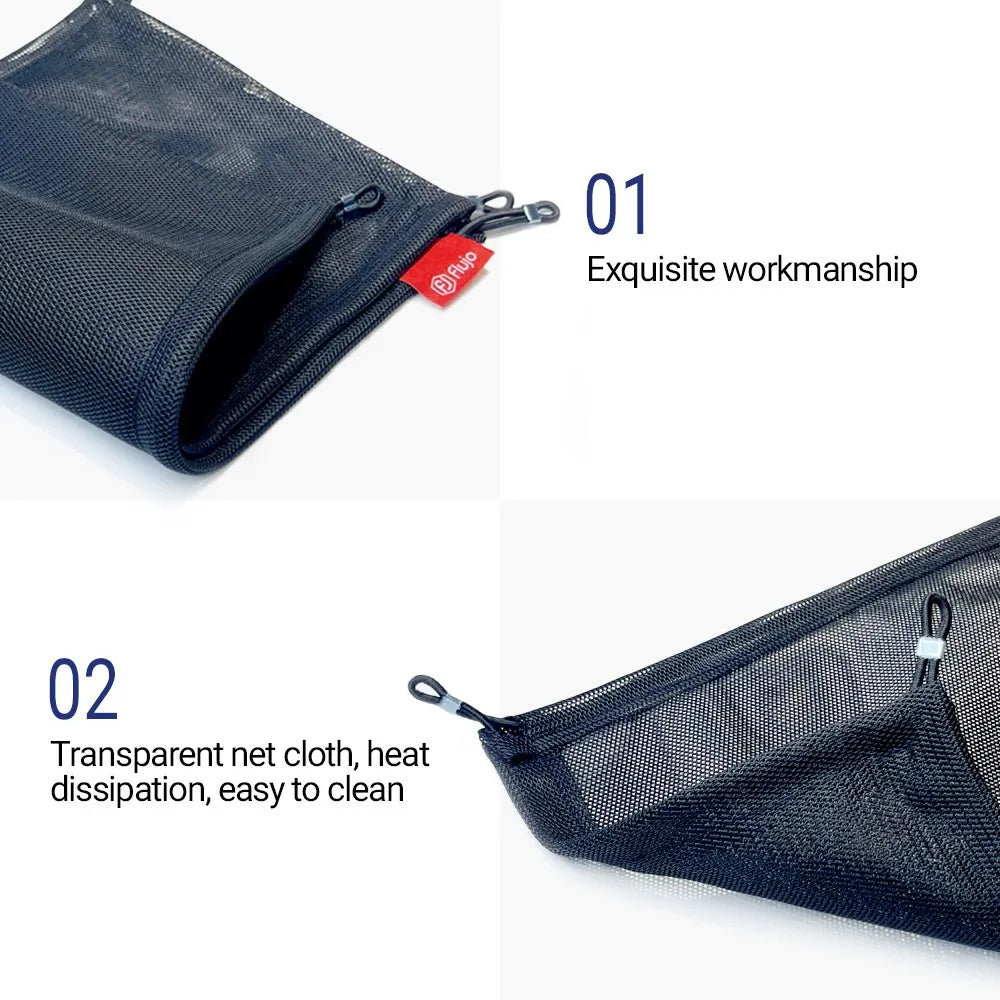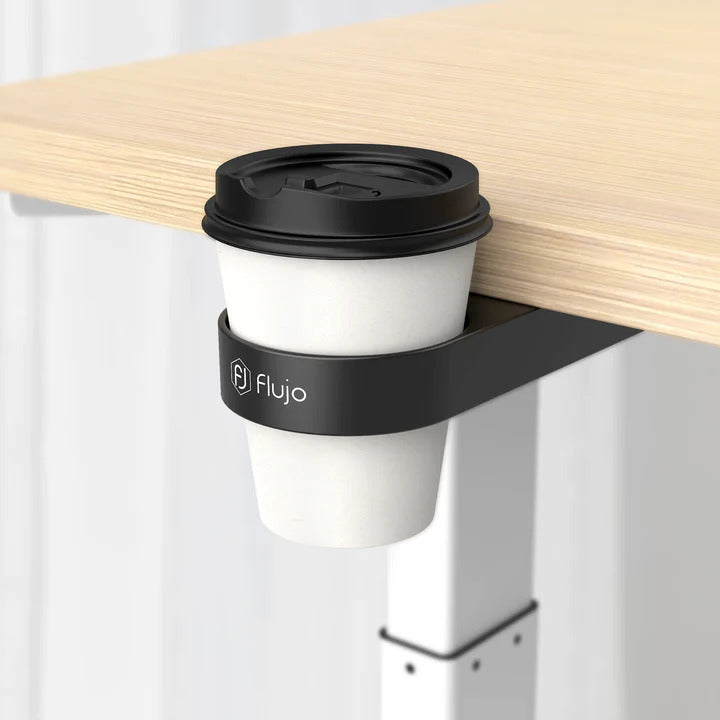Hot Desking vs. Dedicated Desk for Workspace: Which is Right for Your Office?
In the evolving landscape of modern workspaces, choosing the right desk setup can significantly impact productivity and employee satisfaction. Two popular options are hot desking and dedicated desks. This article will delve into the differences between these setups, explore the current trends, highlight their benefits, and provide insights into which might be best for your workspace.
Why This Article is Important for Employers
In today's dynamic business environment, choosing the right workspace setup is critical for employers. The decision between hot desking and dedicated desks can significantly impact employee well-being, productivity, and overall company efficiency.
By understanding the nuances of each option, employers can create a work environment that enhances job satisfaction, reduces stress, and minimizes turnover rates. Additionally, the right workspace setup can lead to substantial cost savings by optimizing office space and reducing overhead expenses. Ultimately, a well-designed office environment can boost productivity and attract top talent, giving companies a competitive edge in the job market.
Hot Desking: Flexibility and Adaptability
Hot desking involves employees using any available desk rather than having a fixed workstation. This setup promotes flexibility and can lead to several advantages:
- Space Efficiency: Optimizes office space by reducing the number of desks needed, as not all employees are in the office simultaneously. This is particularly beneficial for companies with a hybrid workforce.
- Cost Savings: Lower real estate and maintenance costs due to the reduced need for individual workstations. Companies can save significantly on overhead costs by optimizing their office layout.
- Collaboration: Encourages spontaneous interactions and collaborations, fostering a dynamic and innovative work environment. Employees from different departments can easily interact, leading to cross-functional teamwork.
- Mobility: Suits the needs of remote workers and those who travel frequently, allowing them to work from any available desk. This flexibility is crucial for accommodating various work styles and preferences.
Dedicated Desks: Stability and Personalization
A dedicated desk setup assigns each employee their own workstation. This arrangement offers distinct benefits:
- Consistency: Provides a stable and predictable workspace, which can enhance focus and productivity. Employees know exactly where they will work each day, reducing uncertainty and distraction.
- Personalization: Employees can personalize their work area, making it more comfortable and conducive to their working style. This can include ergonomic adjustments, personal decorations, and customized setups.
- Belonging: Creates a sense of ownership and belonging, which can improve morale and job satisfaction. Employees feel more connected to their workspace and company.
- Organization: Helps employees stay organized with a permanent place for their work materials and personal items. This reduces the time spent setting up and packing away each day.
Trends in Workspace Design
The choice between hot desking and dedicated desks is influenced by several trends in workspace design:
- Hybrid Work Models: The rise of hybrid work models, where employees split their time between the office and remote locations, has increased the popularity of hot desking. This model supports flexibility and ensures that office space is used efficiently.
- Agile Workspaces: Companies are adopting agile workspaces that can be easily reconfigured to meet changing needs, making hot desking an attractive option. These spaces can quickly adapt to different team sizes and project requirements.
- Wellness and Ergonomics: There is a growing emphasis on wellness and ergonomic office furniture, with both setups incorporating elements that support employee health and comfort. Ergonomic desks and chairs, standing desks, and adjustable monitor arms are becoming standard.
- Technology Integration: Advanced technology, such as desk booking systems and ergonomic adjustments, is being integrated into both hot desking and dedicated desk setups to enhance the user experience. These technologies help manage workspace availability and optimize usage.
Comparing Hot Desking and Dedicated Desks: A SWOT Analysis

Choosing the Right Setup
Deciding between hot desking and dedicated desks depends on your company's needs and work culture. Consider the following factors:
- Nature of Work: If your employees need to collaborate frequently, hot desking may be more suitable. For tasks requiring deep focus, dedicated desks might be better.
- Employee Preferences: Consider employee feedback and preferences. Some may thrive in a flexible environment, while others may prefer a consistent workspace.
- Budget: Evaluate the cost implications of each setup, including real estate, maintenance, and technology costs.
- Company Size and Growth: For rapidly growing companies, hot desking can offer the flexibility needed to accommodate changing team sizes.
Implementing Hot Desking: Best Practices
If you decide that hot desking is the right choice for your company, here are some best practices to ensure a smooth implementation:
- Clear Policies: Establish clear policies on desk usage, booking systems, and etiquette to avoid conflicts and ensure fair usage.
- Adequate Resources: Ensure there are enough desks, chairs, and equipment to meet the needs of your employees. Consider ergonomic furniture to enhance comfort.
- Technology Integration: Use desk booking software to manage workspace availability and reduce conflicts. Integrate collaboration tools to support remote work.
- Personal Storage: Provide personal storage options such as lockers where employees can securely store their belongings.
- Regular Feedback: Collect regular feedback from employees to identify issues and make necessary adjustments. Flexibility and adaptability are key to success.
Implementing Dedicated Desks: Best Practices
If dedicated desks are more suitable for your company, consider the following best practices:
- Ergonomic Setup: Invest in ergonomic furniture and equipment to ensure employees have a comfortable and healthy workspace.
- Personalization: Allow employees to personalize their workstations to create a sense of ownership and improve job satisfaction.
- Organizational Tools: Provide organizational tools such as file cabinets, desk organizers, and cable management solutions to help employees keep their workspaces tidy.
- Regular Maintenance: Schedule regular maintenance and cleaning to ensure the work environment remains in top condition.
- Employee Involvement: Involve employees in the design and layout of their workstations to meet their individual needs and preferences.
Future of Workspace Design
The future of workspace design is likely to be a blend of both hot desking and dedicated desks, tailored to meet the diverse needs of the workforce. As companies continue to embrace hybrid work models, flexibility will remain a key consideration. Employers will need to balance collaboration with individual productivity, cost efficiency with employee well-being, and adaptability with stability.
Conclusion
Both hot desking and dedicated desks have their advantages and can be beneficial depending on your workspace needs. By understanding the differences, current trends, and benefits, you can make an informed decision that enhances productivity, employee satisfaction, and overall office efficiency. A well-designed workspace not only supports your business goals but also creates a positive and engaging environment for your employees.


